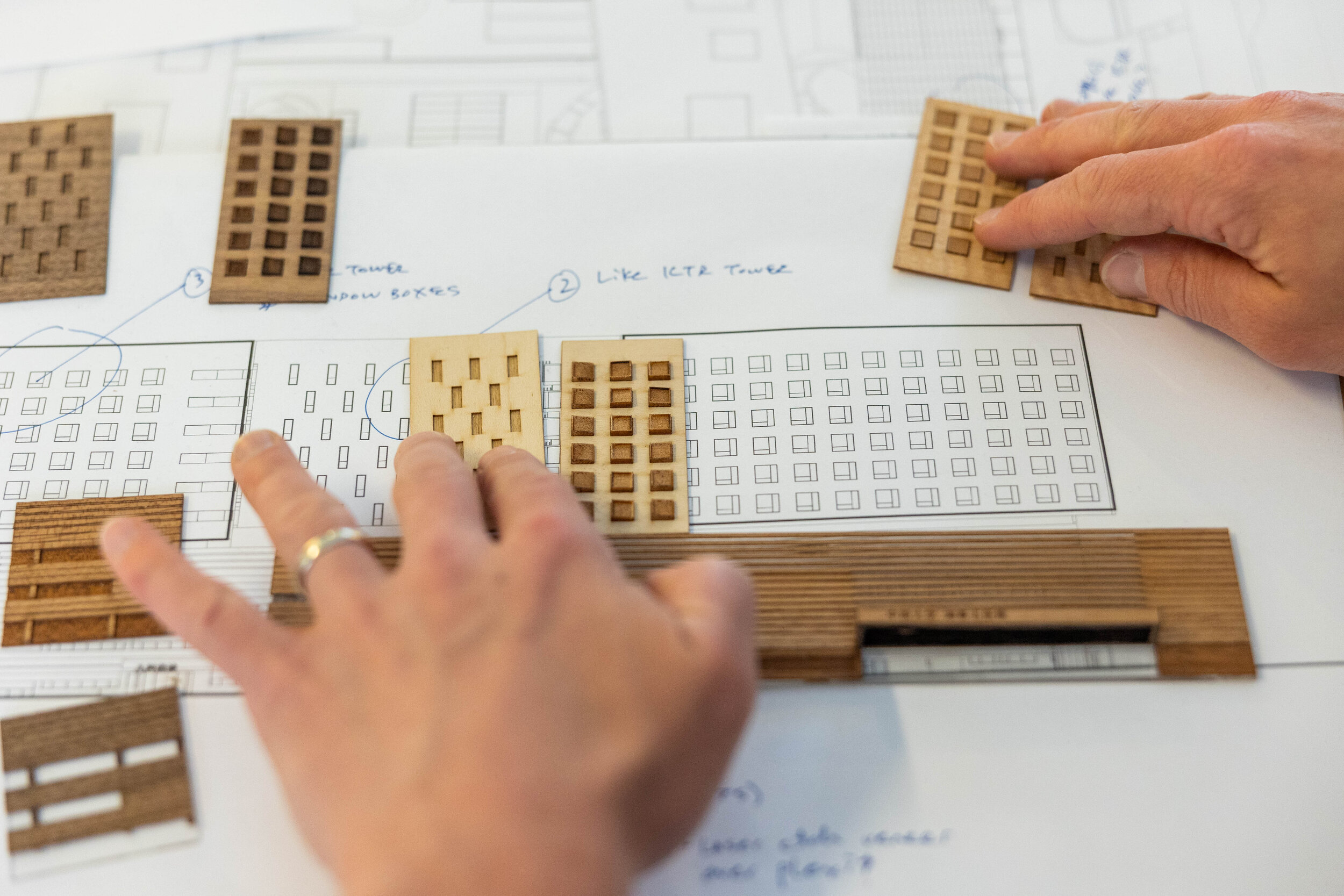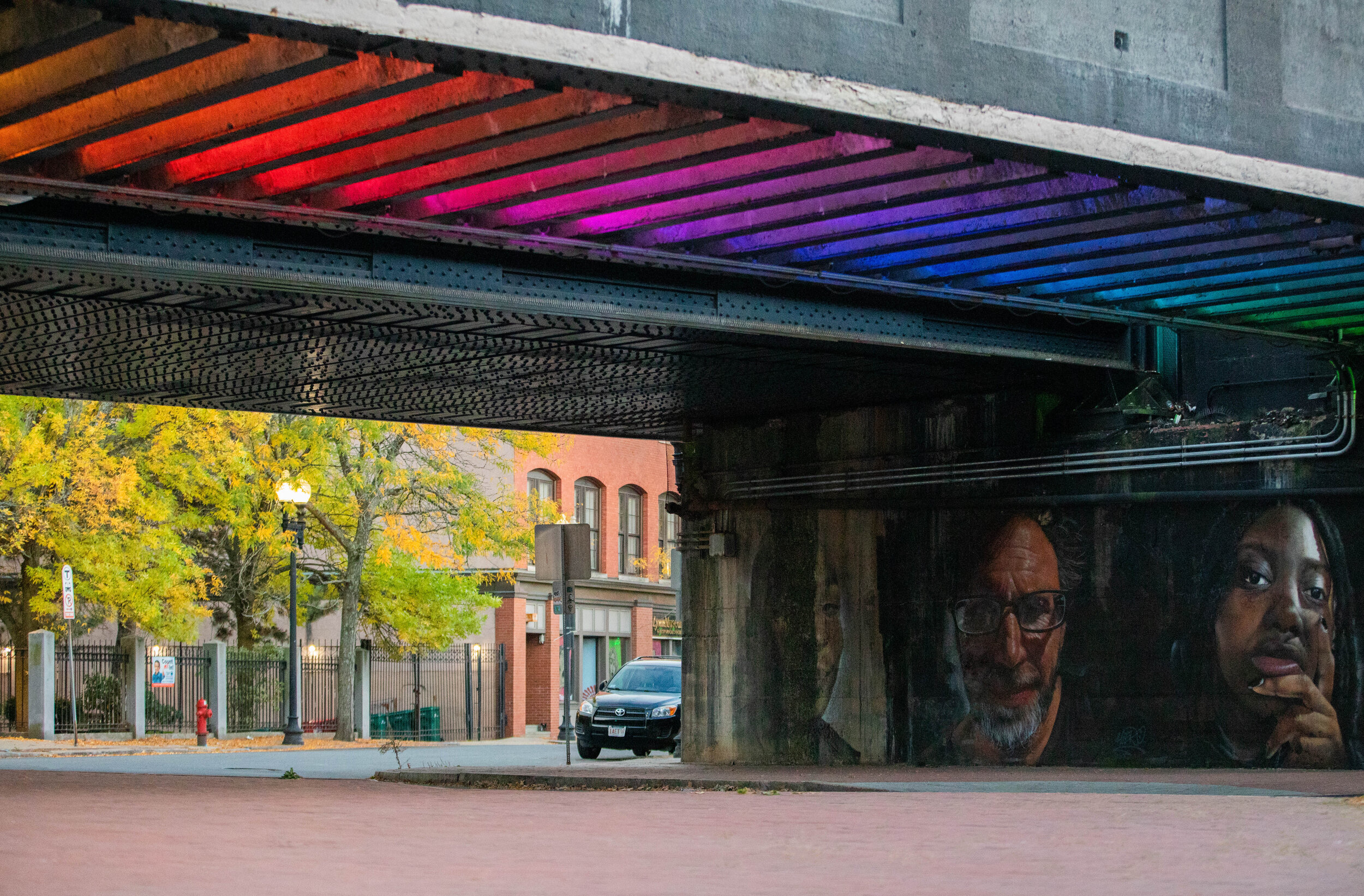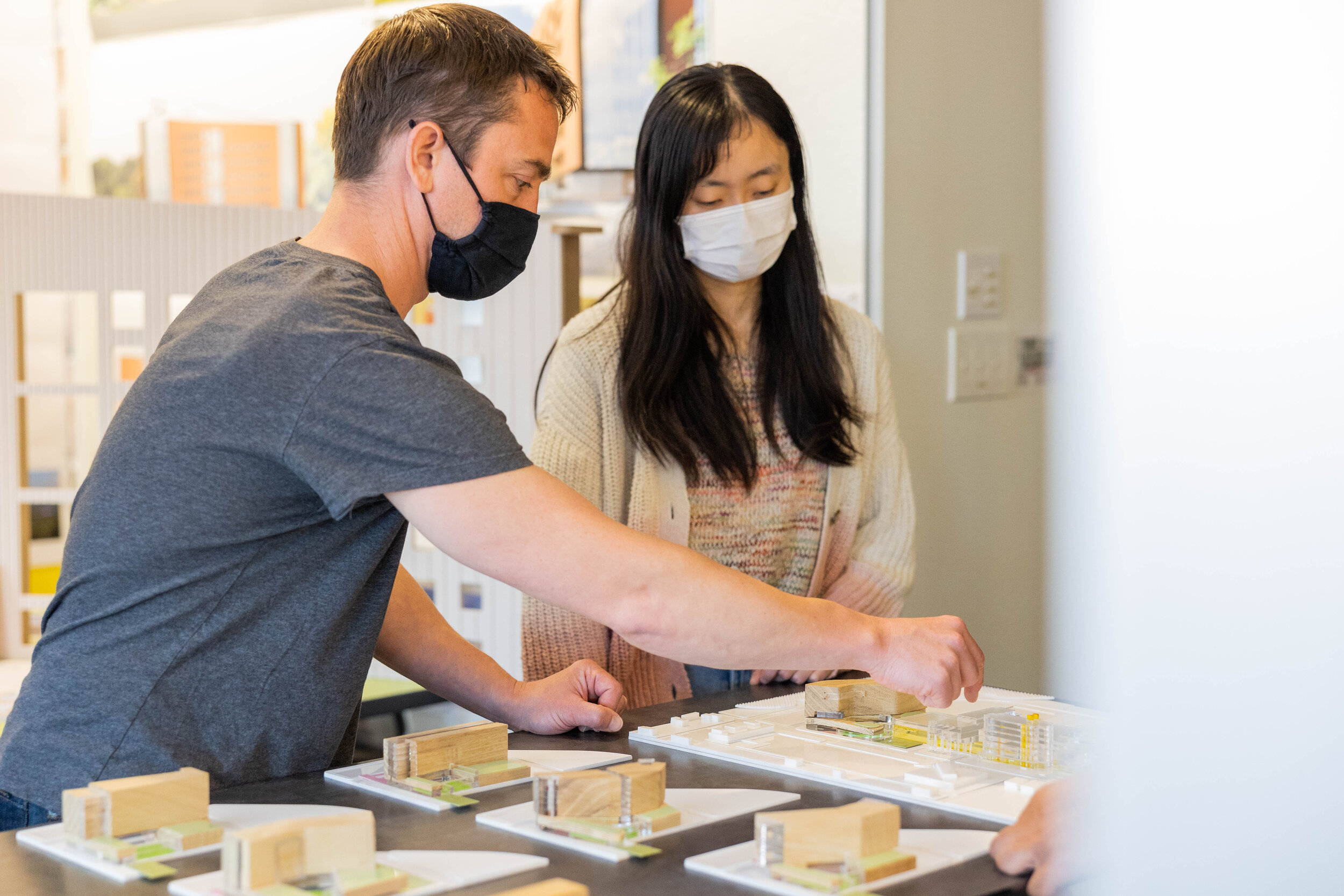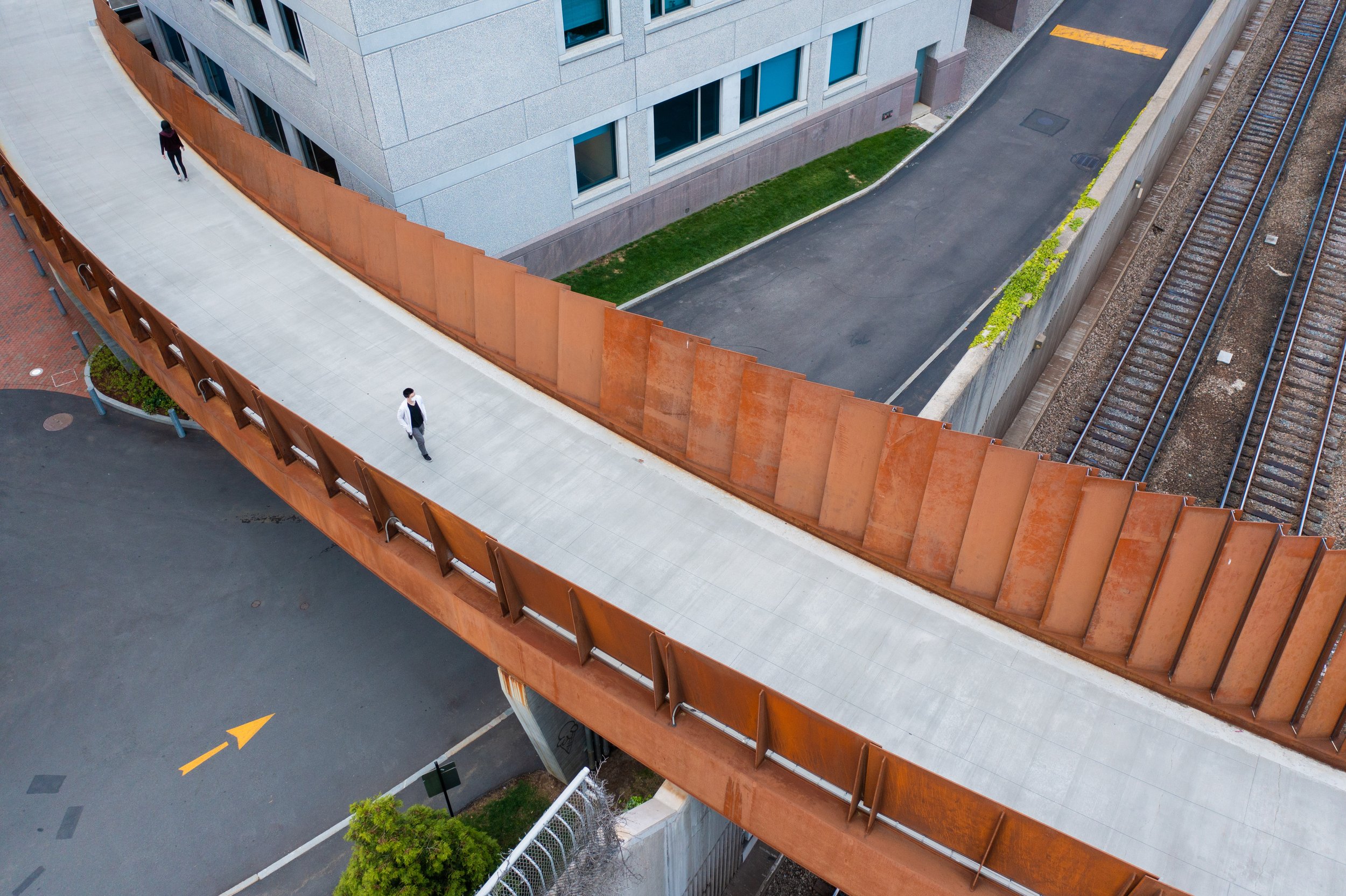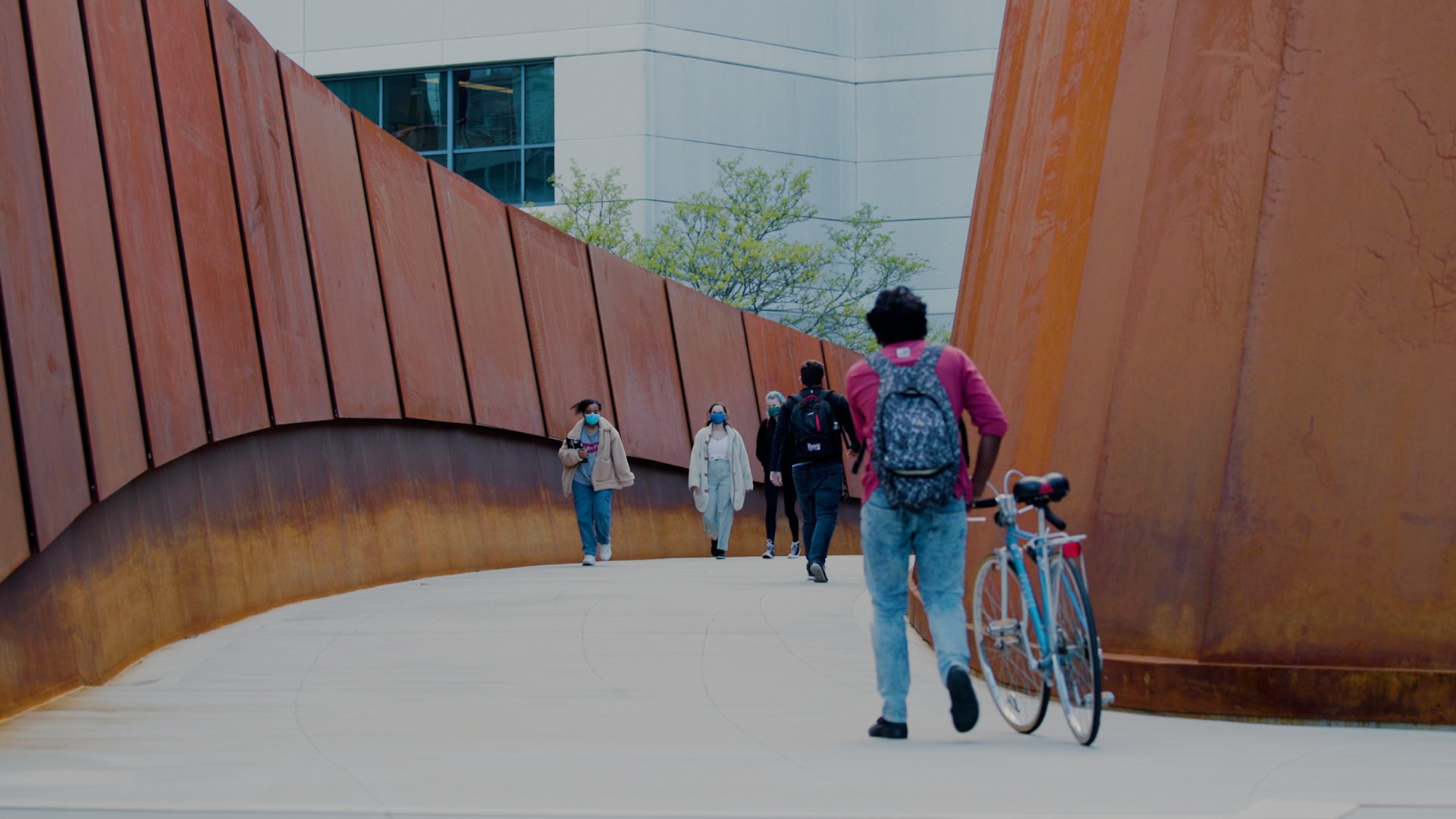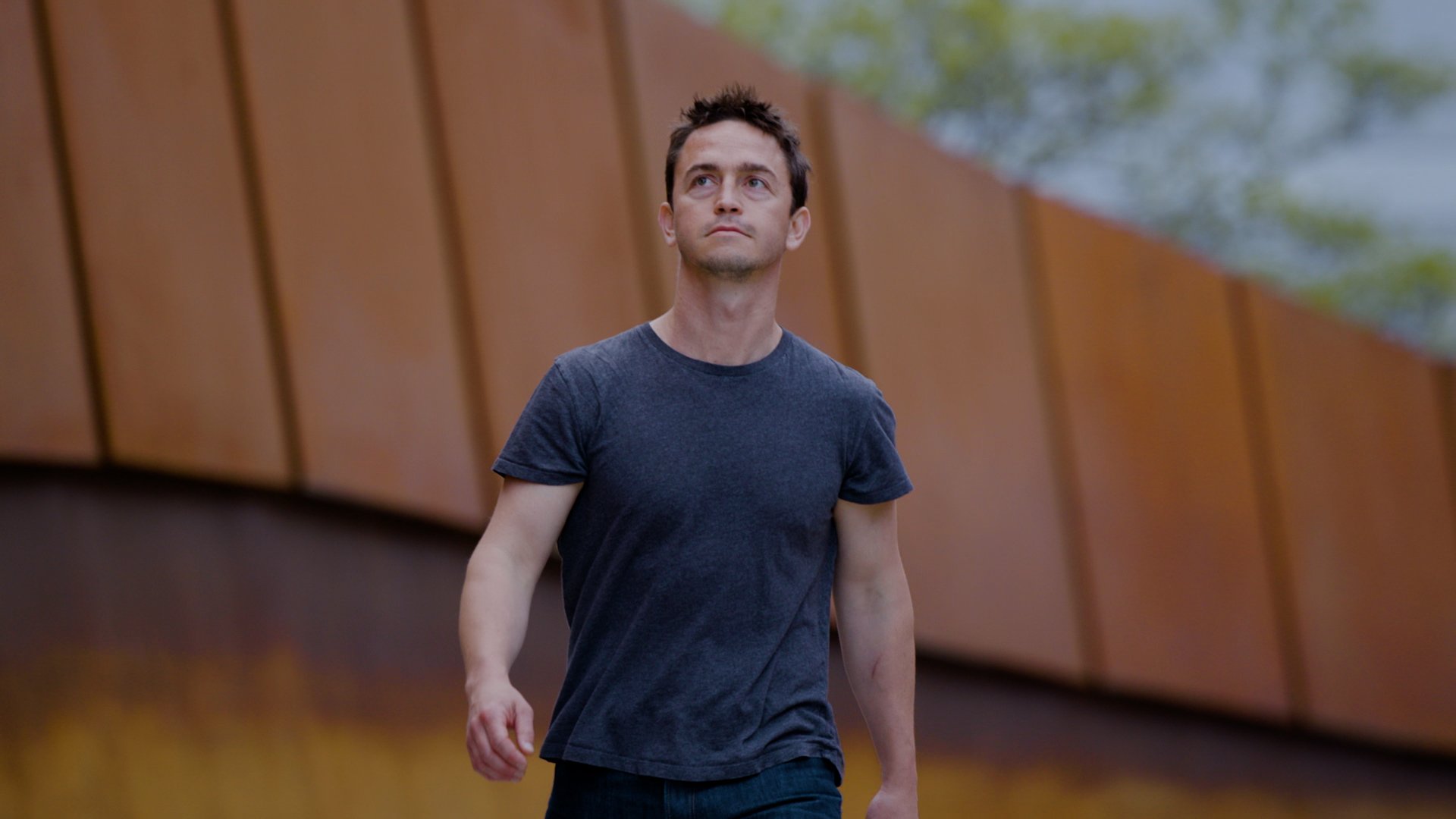RELEASE 01 : Parke MacDowell
“The projects that I find most personally gratifying are those where I can see, where I can experience the value that it adds to others,” explains Boston architect Parke MacDowell. “And so if I can look and observe and watch people enjoying the spaces, using them in ways which I might not have even thought of, but which are so true to the spirit of the effort, these are the things which validate the initial efforts that I did on the design side of things. All of the relationships that were built, that’s the end goal, to have something physical, concrete bettering the built world.”
That’s just the beginning of a look into Parke’s process. As an architect and fabricator, he brings a unique perspective and set of skills to the table. Parke’s understanding of both design and engineering plays a major role in all of his work at Boston architecture firm Payette, where he is a Senior Associate and Fabrication Manager.
“The projects that I find most personally gratifying are those where I can see, where I can experience the value that it adds to others.”
Recently, Parke led four Boston community projects. We caught up with him to learn more about his process for each initiative and the positive impact they’ve had on local communities for our first Spotlight in a series that showcases today's brightest minds in the industry. Watch our first architecture documentary or read on for Parke’s story.
Underpass Lighting in Lynn, MA
16,000 sq. feet in the course of three underpasses, and an arcade of dynamic, color-changing LED lighting.
Lynn Underpass Lighting
Beyond Walls is a nonprofit organization based in Lynn, MA that addresses community needs. Their mission is to activate spaces to strengthen communities. Parke connected with Al Wilson, Founder and CEO of Beyond Walls, along with the community of Lynn to identify three key issues throughout Lynn.
The first of these projects was the Lynn underpass lighting installation. With a rail line running right through downtown, there were a series of dark underpasses with high rates of crime and vehicle-pedestrian accidents. Parke intended to make these underpasses safer for the community—but he didn’t stop at typical fluorescent lighting.
“So what we’ve got in this underpass lighting is 16,000 square feet in the course of three underpasses, and an arcade of dynamic, color-changing LED lighting,” Parke describes. “The underpass lighting has been really transformative,” says Al. “Parties feel so much safer walking under these underpasses knowing that they’re well-lit and that they can be seen from the vehicles.”
“Parties feel so much safer walking under these underpasses knowing that they’re well-lit and that they can be seen from the vehicles.”
Taking it one step further, Parke and Beyond Walls held a mural festival to continue to brighten the streets of Lynn. Now, more than 80 murals from a mix of both local and internationally renowned artists tell the stories of the Lynn community. Between the inviting underpass lighting and stunning artwork on every street corner, the city is more colorful than ever.
WaSH Hand Washing Units
Parke heard feedback from Beyond Walls and many locals regarding a need to help keep the community safe due to the COVID-19 pandemic.
This concern led to the WaSH project, on which Parke was the lead architect and fabricator. He designed an individual hand washing unit that was both aesthetically pleasing and efficient. The simple yet smart model includes a foot pedal and internal tank that drains into a local swale or sewer and uses biodegradable soap.
“Perhaps most importantly, [we] engaged local labor like students at Lynn Tech Vocational High School to fabricate the projects,” says Parke. He outlines how he created the 3D model and unfolded it to simplify fabrication and assembly. He outlined easy-to-follow instructions on folding each sheet back into a 3D form to be deployed quickly along the streets of Lynn. Now, more than 30 WaSH units serve the community in ways that were not being met, supporting people’s health and safety during uncertain times.
Constructing FoLD Barriers
With Parke’s guidance, students from Lynn Tech Vocational High School assemble a FoLD barrier.
FoLD Restaurant Barrier Walls
In another coronavirus-driven project, Parke learned that local eateries needed to get creative to survive. “There was a shared community need from all the mom and pop restaurants that to stay solvent, they were going to need to expand out beyond their four walls,” says Al.
Parke created a system very similar to WaSH using laser-cut stainless steel sheet metal with score lines used to fold the pieces. Each FoLD unit could then be easily screwed together and dropped onsite to serve as portable barriers. Once in place, the barriers could be secured by filling them with cinder blocks, bricks, water bladders or screwing them into the ground.
“There was a shared community need from all the mom and pop restaurants that to stay solvent, they were going to need to expand out beyond their four walls.”
As Parke notes, the sleek units could even be decorated with string lights and planters, enabling restaurant owners to create beautiful outdoor dining spaces and enjoy increased economic opportunities.
“With community help, we’re building these efforts and installing them in the streets where everyone can experience [them],” he says. “That’s an incredibly effective way to reinforce the value of local voices and to empower communities through actual executed work.”
PedX Bridge @ Northeastern University
On a larger scale is the PedX Bridge at Northeastern University, which was developed by Payette and led by Parke as the project architect. The impressive structure connects one end of campus to the other.
“Parke’s ability to...combine the computational side of things with his knowledge of fabrication was invaluable in that process,” recalls Kevin Sullivan, President of Payette. “The bridge is an arc, in plan and in elevation,” Parke states, explaining how it spans from one side of the tracks to the library and main campus on the other side.
“It’s an aggressive piece of architecture in its geometry and its material, but it’s also very quiet and pragmatic in other respects.”
Every piece of the bridge has a purpose. The fins along the east parapet provide a dynamic experience, closed as you walk one direction and open to expose views of downtown Boston and the Science and Engineering Complex through glass panels. Even the rust is intentional: Parke chose weathering steel, which forms a layer of rust that serves as a protective patina to prevent deterioration.
“We love the feeling of this. It’s warm, it’s kind of earthy. It has a presence which is not that familiar to Boston, but very much at home,” says Parke.
“It’s an aggressive piece of architecture in its geometry and its material, but it’s also very quiet and pragmatic in other respects,” he continues. “More than anything else, it’s generous in the way that it treats the communities around the project. It’s really a resource that doesn’t just serve the university, but it physically connects, in a really delightful way, the communities of Fenway and Roxbury.”
A Boston Architect Unlike the Rest
During his time at Payette, Kevin reports that Parke has helped establish and grow the firm’s fabrication practice significantly.
“I use a lot of computational design to develop the geometry that I use in my work in order to do things more efficiently or more elegantly, or to craft some kind of beauty which is otherwise unattainable,” Parke expresses of his unique background as both an architect and fabricator.
For example, welding: “This is something which I never imagined I’d use as an architect, but I do it all the time,” he says with an almost surprised laugh.
Architect & Fabricator
Parke welding a piece of metal in the Payette workshop.
It also seems to be a unanimous opinion that this Boston architect has a special way of bringing people together and collaborating.
“Outside of Parke’s amazing abilities as an architect, as a designer, and...as a fabricator, is his interpersonal skills. His roll-up-his-sleeves-and-get-stuff-done, can-do attitude is effective and very infectious,” reflects Al.
“It’s a rare thing in an architect where you have someone that has this technical knowledge and immense design sensitivity and the ability to communicate across multiple different platforms,” notes Kevin.
It comes as no surprise, then, when Parke explains his philosophy. “Architecture is not so much a specific discipline as it is a generalist one, so being able to relate to different circumstances is perhaps a more valuable skill than any other,” he tells us.
In his final thoughts, Kevin shares, “Something that I really appreciate in the way that [Parke] works is that excellence is not just focused on the end product, but it’s all the different steps along the way, which is...incredibly helpful to have in a practice like ours because it makes everyone better by seeing that process and the rigor that was employed to achieve the end results.”
“I get extra value from a project if other people involved in the project feel a true ownership stake,” Parke says with pride. “If I can look at it and say that’s mine, and a dozen other people can look at it and say the exact same thing with sincerity, that’s an incredibly successful project. Through that process of sharing, the overall value of the project is increased.”
And therein lies the crucial influence of architecture and its impact on local communities, as told by one artist’s unique story.

